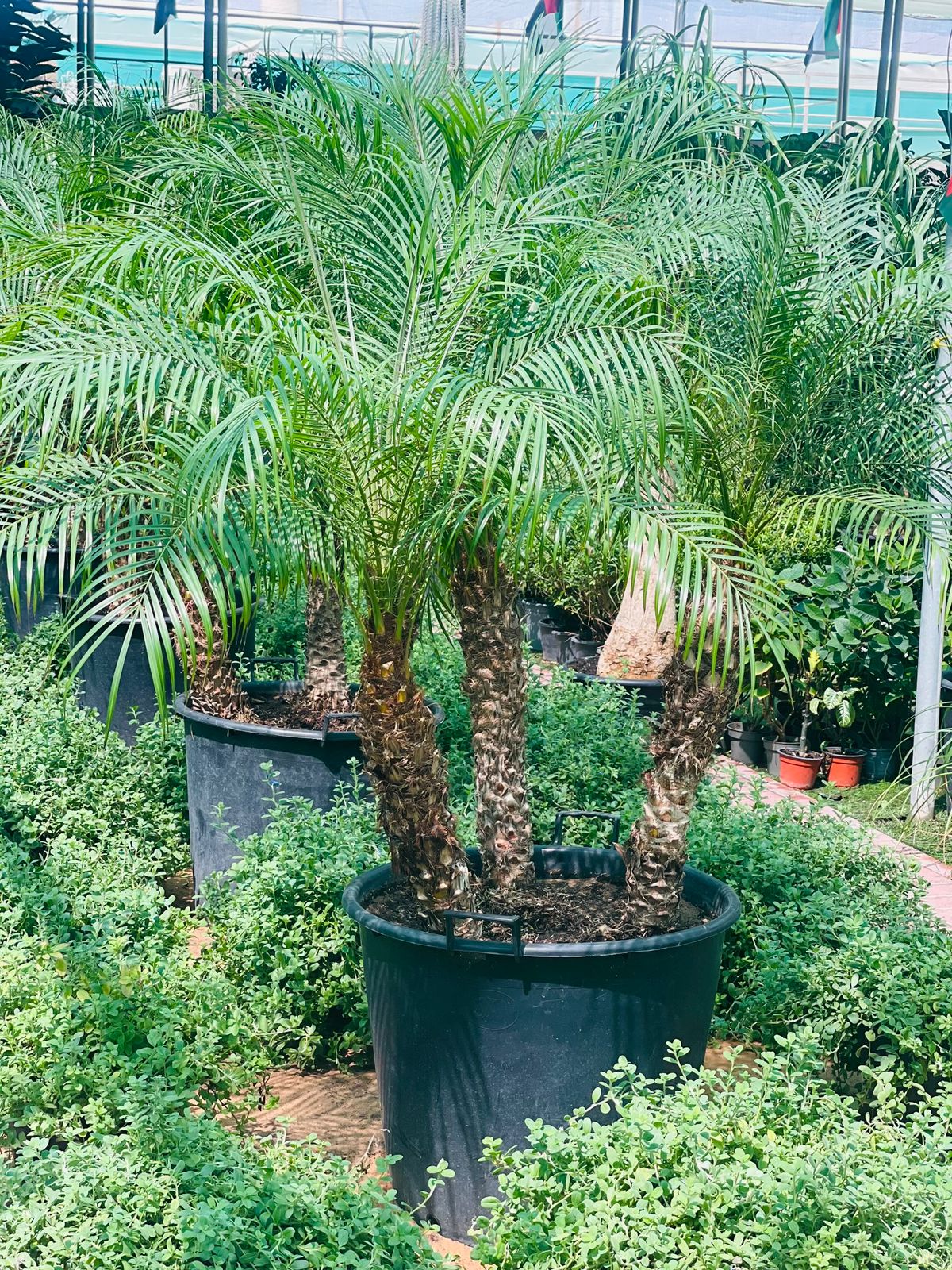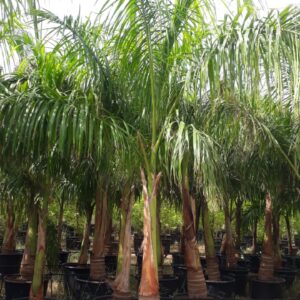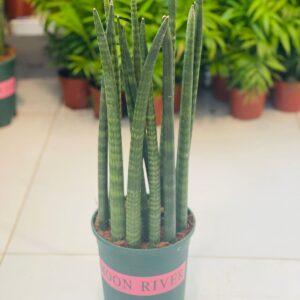The Phoenix Palm 3PP scientifically known as Phoenix spp., refers to a group of palm trees that belong to the genus Phoenix. While there are several species within this genus, two of the most common ones are Phoenix dactylifera (Date palm) and Phoenix canariensis (Canary Island date palm). Here is a general description of the Phoenix palm:
Appearance:
Phoenix Palm 3PP are characterized by their tall, slender trunks and large, feather-like fronds. The trunks are typically straight and can vary in height depending on the species and age of the palm. The fronds are pinnate, meaning they have multiple leaflets arranged on each side of the central stem. The leaflets are usually long, narrow, and have a feathery appearance.
Size:
The size of Phoenix Palm 3PP can vary depending on the species. Some species can grow to towering heights of up to 20 meters (65 feet) or more, while others are smaller and more suitable for residential landscapes.
Growth Rate:
Phoenix palms are generally moderate to fast-growing plants. Under optimal growing conditions, they can develop a substantial size within a relatively short period.
Cold Hardiness:
Some species of Phoenix palms, like the Canary Island date palm (Phoenix canariensis), are cold hardy and can tolerate cooler temperatures. However, others, such as the true date palm (Phoenix dactylifera), are more sensitive to frost and prefer warmer climates.
Fruiting:
The Phoenix palm, particularly the true date palm (Phoenix dactylifera), is well-known for producing edible fruits called dates. However, not all species within the Phoenix genus bear fruit, and in some cases, only female plants produce dates when pollinated.
Landscape Use:
Phoenix palms are commonly used in landscaping to create a tropical or Mediterranean ambiance. They are often planted as focal points in gardens, along avenues, or in large open spaces. The attractive fronds and tall stature of Phoenix palms make them visually appealing additions to outdoor landscapes.
Care:
Phoenix palms generally thrive in full sun exposure and well-draining soil. They can adapt to various soil types, including sandy or loamy soils. During the establishment period, regular watering is necessary, but mature Phoenix palms typically tolerate drought. Occasionally, pruning is necessary to remove dead or damaged fronds and maintain the desired appearance.
It’s important to note that while people widely cultivate and appreciate Phoenix palms for their ornamental value, some species may exhibit invasive tendencies in certain regions.
Overall, Phoenix palms are iconic, elegant trees that can add a touch of tropical charm and architectural interest to various landscapes, whether residential or public.






Reviews
There are no reviews yet.